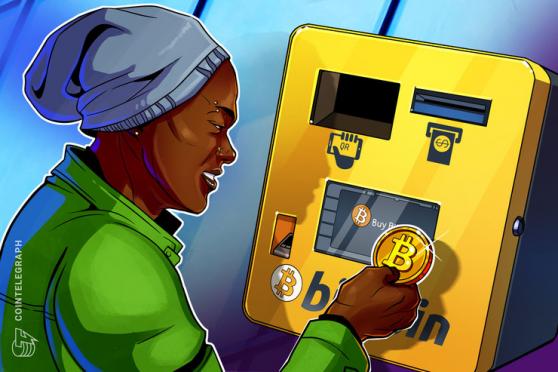The very first Bitcoin (BTC) ATM came to the United States in 2014 to Austin, Texas. This historic event occurred quickly after Canada pioneered the idea in 2013, and the excitement and demand for such ATMs have soared across the globe ever since. There are currently over 8,000 BTC ATMs in more than 70 countries worldwide. In fact, the highest number of Bitcoin ATMs was recorded in the U.S. in 2020, and as of April 2020, approximately 81% of global ATMs were concentrated in North America.
Two types of Bitcoin ATMs exist, with one being more complex than the other. The more basic one simply enables users to purchase Bitcoin, whereas the more complex one provides the function of both buying and selling. These new-age machines have sky-rocketed in popularity, overtaking Bitcoin exchanges as a preference for many. The exchange of fiat for Bitcoin is now a seamless procedure, with Bitcoin ATMs offering a fast and user-friendly experience. This all sounds great — but how can ATM operators buy a machine and set it up in their desired location?
- Appointment of a designated compliance officer. This officer is responsible for day-to-day compliance with the BSA and AML programs and responsible for the risk assessment of each ATM.
- AML training. Ongoing training of personnel should be conducted, informing them of their specific responsibilities within the program. The training should also include an explanation of classic money laundering techniques and activities, general Bitcoin ATM risks, and other issues a compliance team may experience.
- Customer Due Diligence. Operators must develop risk-based procedures for conducting customer identification and due diligence. FinCEN identifies various elements of Customer Due Diligence. This pillar states that your AML program should include policies, procedures and adequate training for employees to spot beneficial owners of a legal entity customer, verify the information, comprehend the risks related to beneficial ownership, and report any related suspicious activity.
- Internal controls specific to your business model. Develop appropriate procedures, policies and processes specific to your business that meet all BSA requirements. Internal controls are implemented to lower the risks associated with operating Bitcoin ATMs. Multiple factors should be considered when developing internal controls, such as how to identify, report and address suspicious activity, as well as recent regulatory updates or changes.
- Independent review and audit. Organize independent reviews of your AML program in the form of a third-party audit/testing, occurring at least once per year.
Continue Reading on Coin Telegraph
